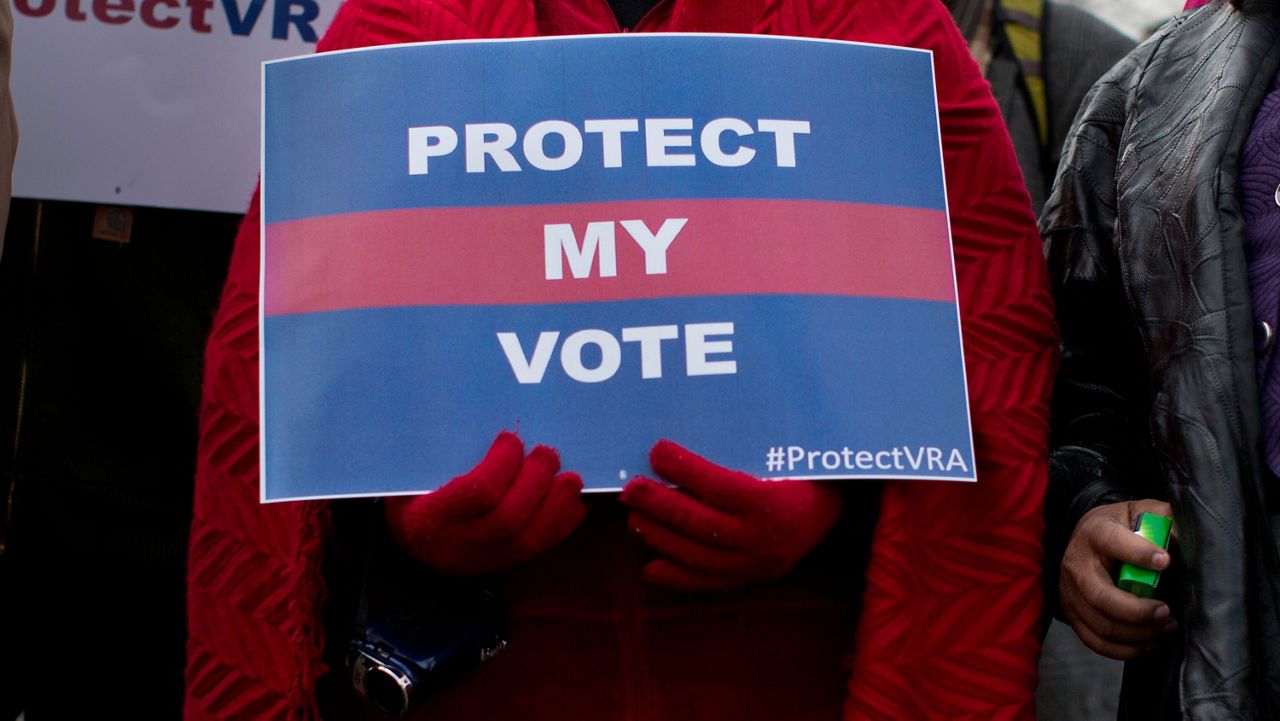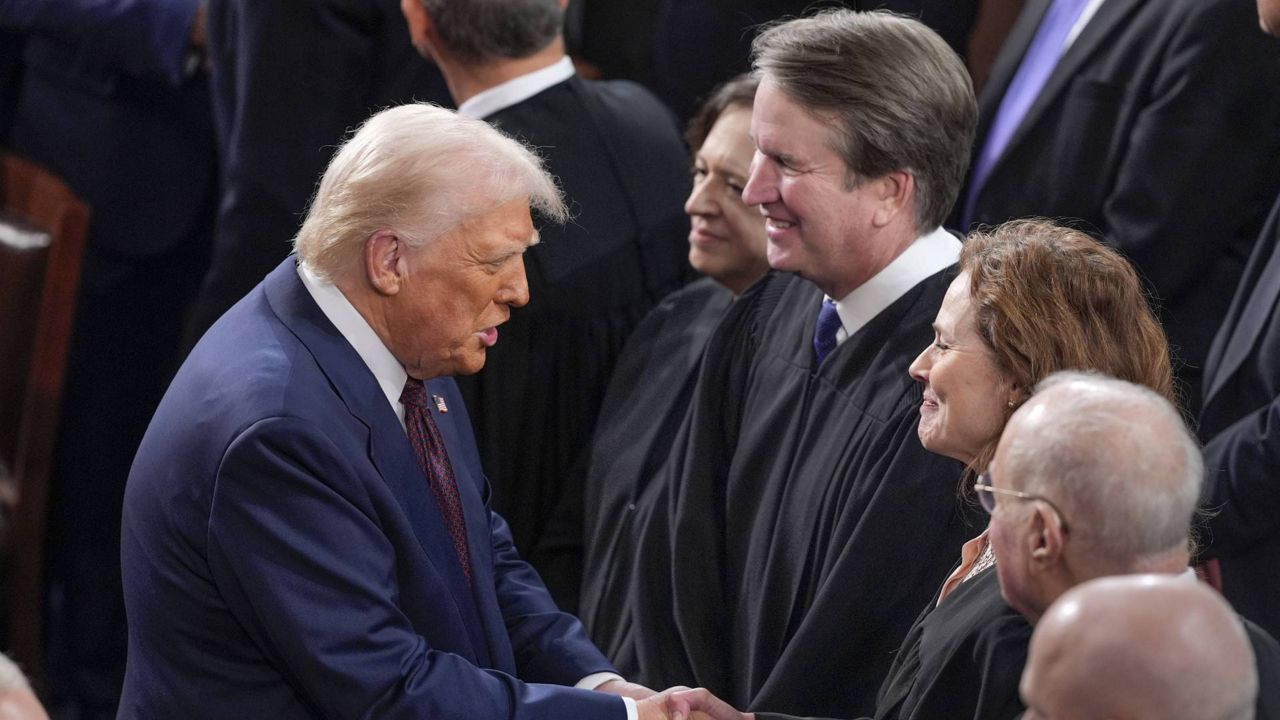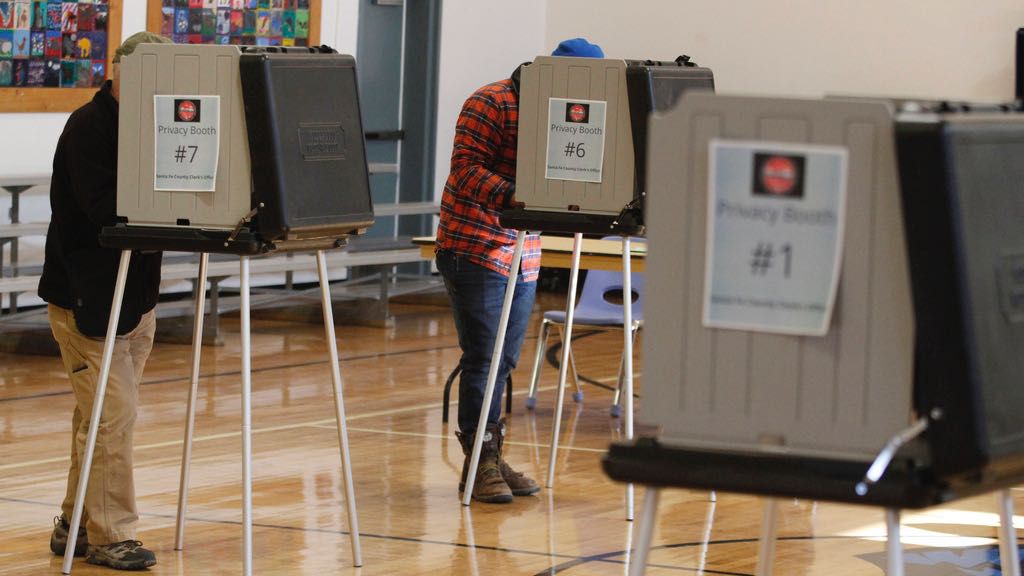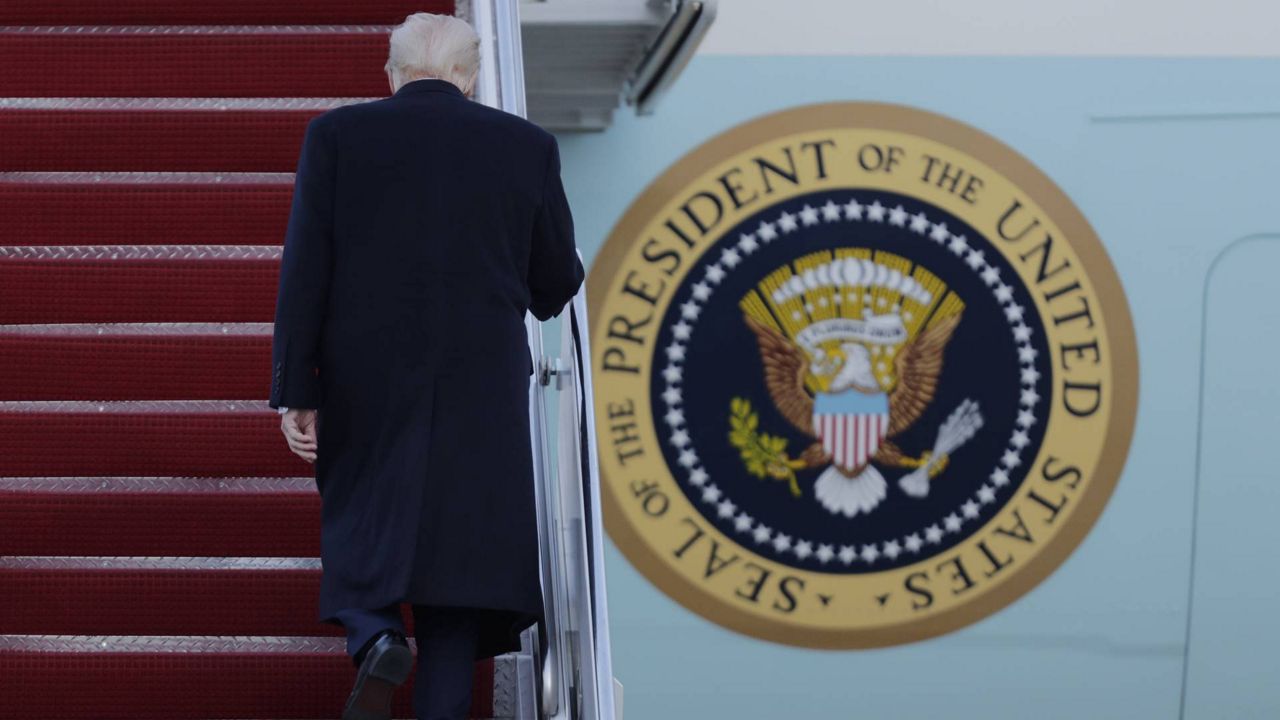Democrats in Congress tried and failed last month to enact sweeping election reform after Repblicans once again used the filibuster to block the Freedom to Vote: John R. Lewis Act.
But a court decision in the Deep South may end up achieving what Democrats could not do themselves, especially as it relates to racial and ethnic minorities.
Last month, a trio of federal judges in Alabama found that the state’s newly drawn congressional districts would unlawfully deprive Black voters of their political power.
“Black voters have less opportunity than other Alabamians to elect candidates of their choice to Congress,” the judges wrote in their ruling.
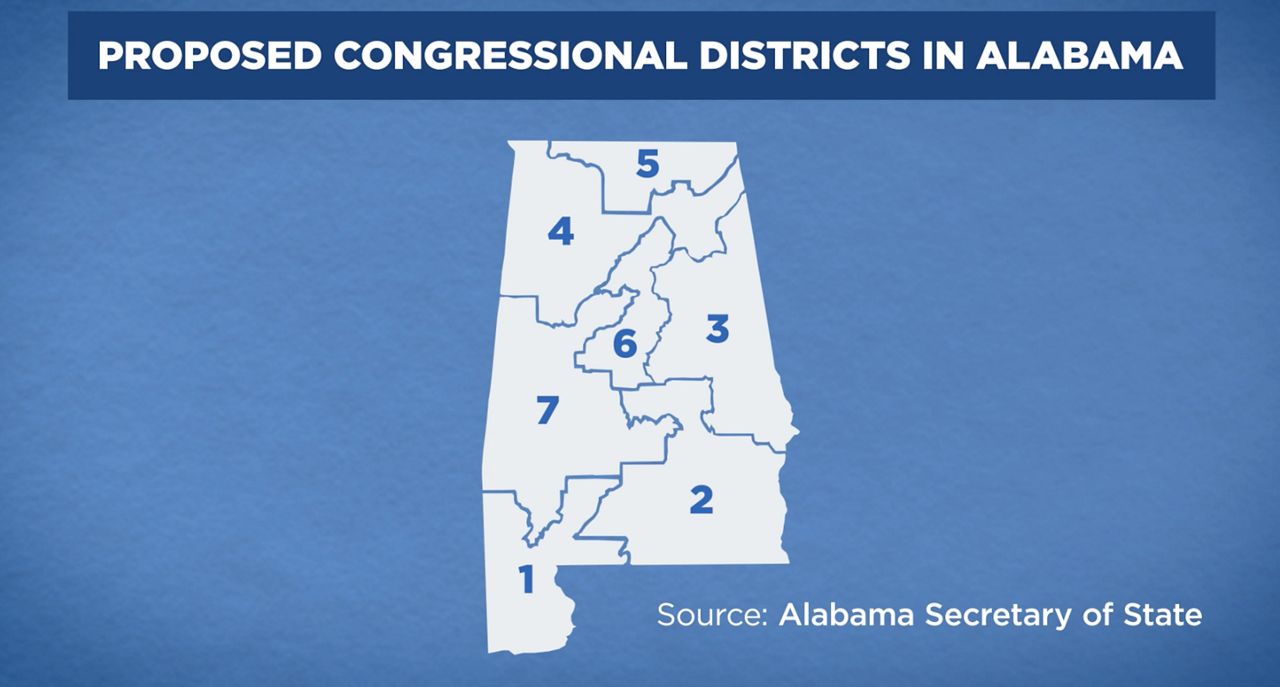
And while it’s just one ruling in one state that may yet be overturned, it could result in some of the same election changes that Democrats tried and failed to get through Congress – shifts they say are necessary to erase election laws enacted by Republican-led states.
According to a tally from the Brennan Center for Justice, 19 states nationwide, largely with GOP-led statehouses, have enacted 34 laws that restrict access to the ballot box in the last year. The group says it's the largest such figure in a single year since they began tracking these laws.
In particular, Democrats and voting rights advocates have long charged that states draw congressional lines to dilute the influence of minority voters.
Jason Torchinsky, a Republican lawyer, says numerous other states may be impacted should the ruling stand, listing California, Texas, New York and North Carolina to name a few.
"Basically any states that have substantial minority populations,” he said.
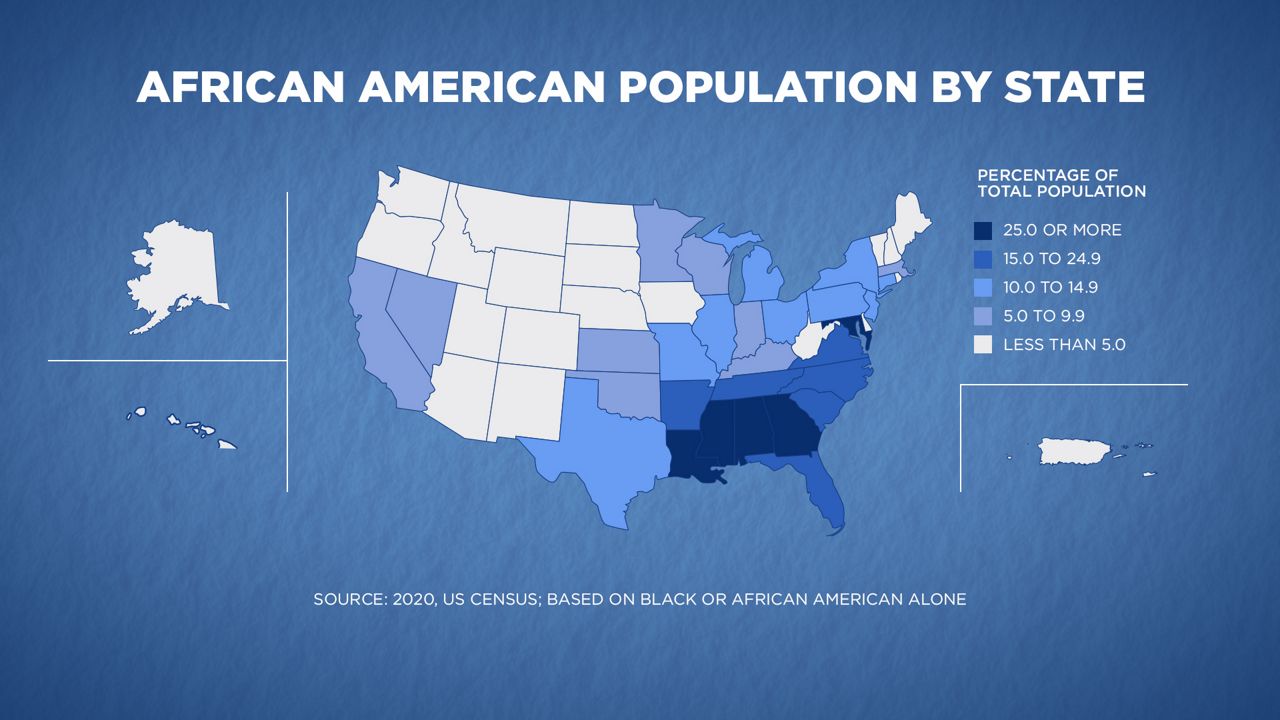
More than a quarter of Alabama’s population is Black. But under the maps approved by Alabama lawmakers, Black voters would be the majority in only one of the state’s seven congressional Districts.
That likely would mean the state has just one Black representative in Congress, the same as now. Terri Sewell is also the lone Democrat in the state's Congressional delegation
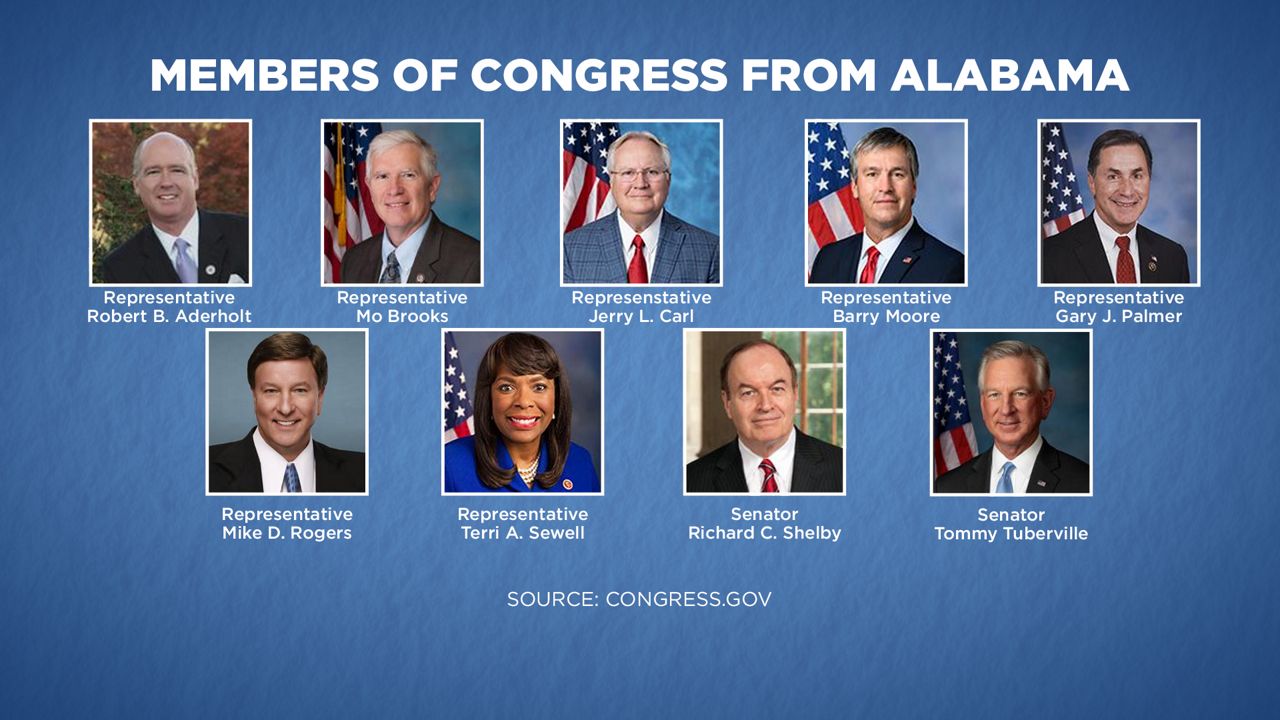
“It did not give Alabama, Black Alabamians, the opportunity to select or elect the person of their choice,” Benard Simelton, president of the Alabama NAACP State Conference, said in an interview with Spectrum News.
The 1965 voting rights act is at the heart of the decision. In 2013, the Supreme Court struck down parts of it. The Alabama ruling centers around Section 2 – prohibiting voting practices or procedures that discriminate on the basis of race.
In their ruling, the three Judges ordered a new map that “will need to include two districts in which Black voters either comprise a voting-age majority or something quite close to it.”
Two of the three judges were nominated by President Donald Trump; the other by President Ronald Reagan.
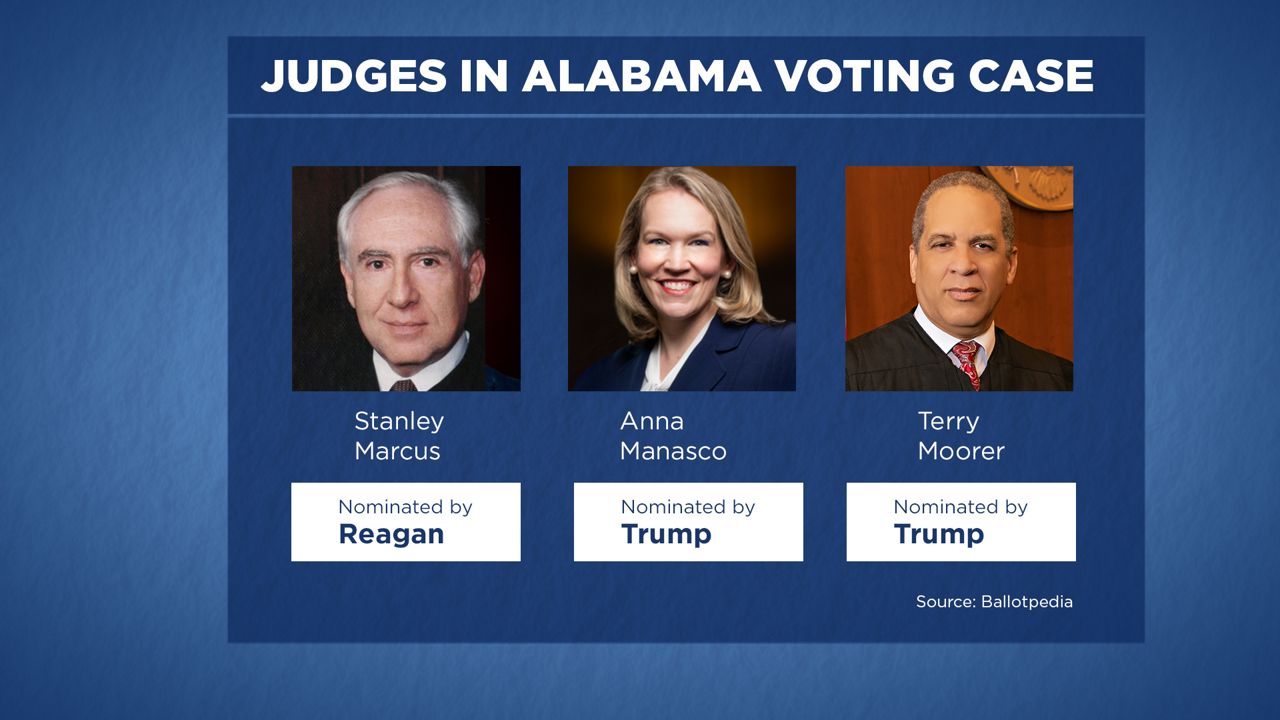
“Section 2 is alive and well. The rule of law is alive and well,” said Marina Jenkins of the National Democratic Redistricting Committee.
“It's always nice to be surprised. I think that we knew that this was going to be a hard panel to be before. It was not necessarily a panel of judges that we expected to be sort of eager for this kind of voting rights challenge. That being said, it's a very straightforward application of Section 2.”
Torchinsky, the Republican lawyer, countered that the Alabama ruling is less about ensuring Black representation than helping the Democratic Party, which is in danger of losing control of Congress in the midterm elections.
“The lead advocates in these cases basically are attempting to do whatever they can, manipulate numbers, manipulate the courts in any way to sue until the states turn blue,” he said.
“African-Americans vote a certain way. Whites vote a certain way, and that's speaking in general terms,” said Simelton of the NAACP. “If I want my vote to count as much as your vote or anyone else’s vote, I must have an equal opportunity to a chance of electing the person of my choice that I want to send to Congress or to City Council or anywhere else.”
The State of Alabama has appealed the decision to the Supreme Court.




